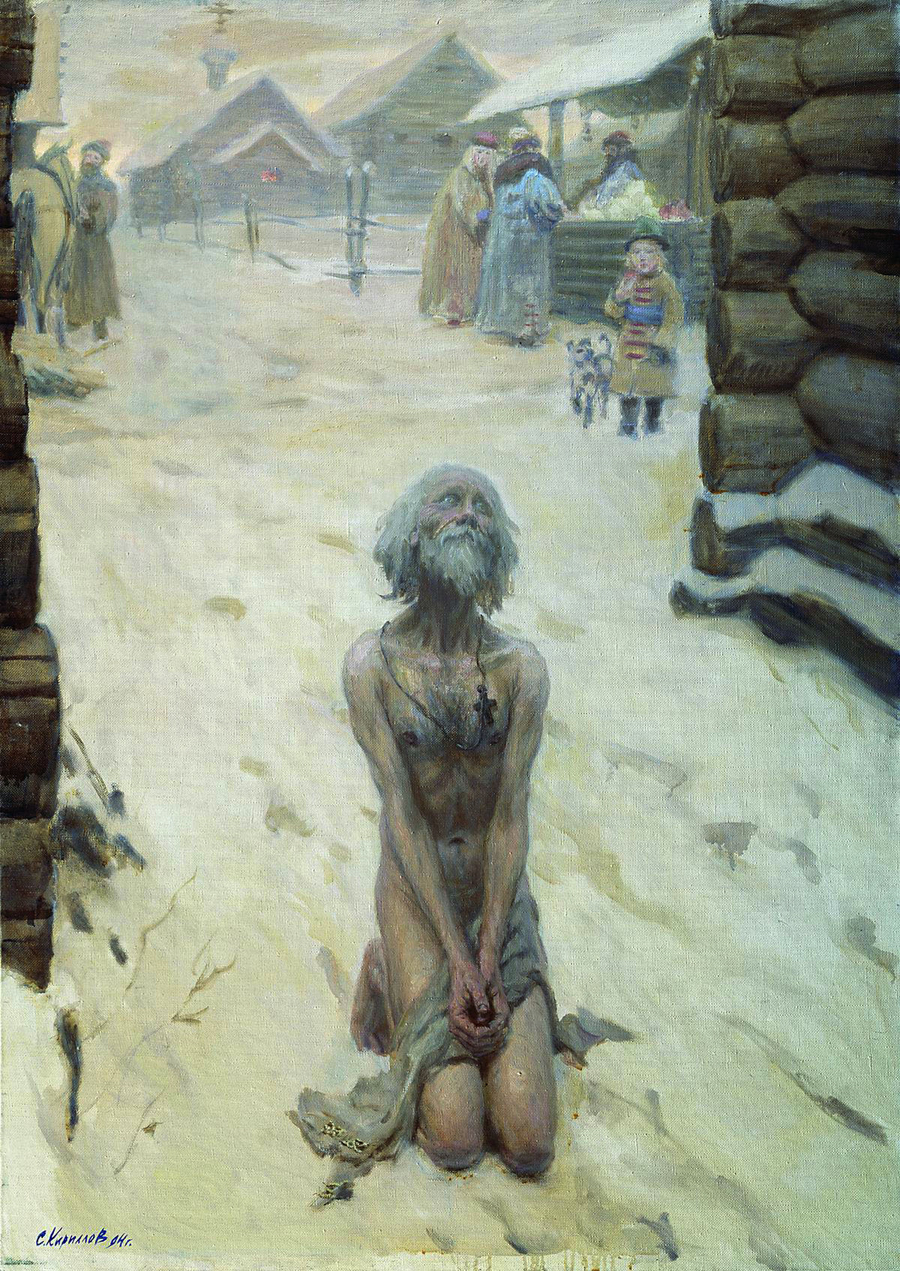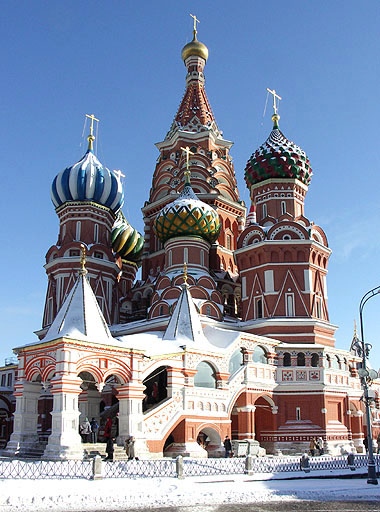|
August 2 (Eastern Orthodox Liturgics)
August 1 - Eastern Orthodox liturgical calendar - August 3 All fixed commemorations below are observed on ''August 15'' by Orthodox Churches on the Old Calendar. For August 2, Orthodox Churches on the Old Calendar commemorate the Saints listed on ''July 20''. Saints * Hieromartyr Stephen, Pope of Rome, and Companions (257)August 2 / August 15 Orthodox Calendar (PRAVOSLAVIE.RU).August 15 / August 2 HOLY TRINITY RUSSIAN ORTHODOX CHURCH (A parish of the Patriarchate of Moscow). (''see also: |
Boetharius
Boetharius (died c.623) was bishop of Chartres from about 594. He was chaplain to Clothaire II and, for a while, had been the captive of Theuderic II Theuderic II (also spelled Theuderich, Theoderic or Theodoric; in French, ''Thierry'') (587–613), king of Burgundy (595–613) and Austrasia (612–613), was the second son of Childebert II. At his father's death in 595, he received Guntram's ki .... He is a Catholic and Orthodox saint, his feast day is 2 August. Notes 620s deaths 6th-century Frankish bishops Bishops of Chartres 7th-century Christian saints Year of birth unknown {{saint-stub ... [...More Info...] [...Related Items...] OR: [Wikipedia] [Google] [Baidu] |
Saint Stephen
Stephen ( grc-gre, Στέφανος ''Stéphanos'', meaning "wreath, crown" and by extension "reward, honor, renown, fame", often given as a title rather than as a name; c. 5 – c. 34 AD) is traditionally venerated as the protomartyr or first martyr of Christianity."St. Stephen the Deacon" , St. Stephen Diaconal Community Association, Roman Catholic Diocese of Rochester. According to the Acts of the Apostles, he was a in the early Church at who angered members of various [...More Info...] [...Related Items...] OR: [Wikipedia] [Google] [Baidu] |
Archdeacon
An archdeacon is a senior clergy position in the Church of the East, Chaldean Catholic Church, Syriac Orthodox Church, Anglican Communion, St Thomas Christians, Eastern Orthodox churches and some other Christian denominations, above that of most clergy and below a bishop. In the High Middle Ages it was the most senior diocesan position below a bishop in the Catholic Church. An archdeacon is often responsible for administration within an archdeaconry, which is the principal subdivision of the diocese. The ''Oxford Dictionary of the Christian Church'' has defined an archdeacon as "A cleric having a defined administrative authority delegated to him by the bishop in the whole or part of the diocese.". The office has often been described metaphorically as that of ''oculus episcopi'', the "bishop's eye". Roman Catholic Church In the Latin Catholic Church, the post of archdeacon, originally an ordained deacon (rather than a priest), was once one of great importance as a senior o ... [...More Info...] [...Related Items...] OR: [Wikipedia] [Google] [Baidu] |
Gamaliel
Gamaliel the Elder (; also spelled Gamliel; he, רַבַּן גַּמְלִיאֵל הַזָּקֵן ''Rabban Gamlīʾēl hazZāqēn''; grc-koi, Γαμαλιὴλ ὁ Πρεσβύτερος ''Gamaliēl ho Presbýteros''), or Rabban Gamaliel I, was a leading authority in the Sanhedrin in the early first century CE. He was the son of Simeon ben Hillel and grandson of the great Jewish teacher Hillel the Elder. He fathered Simeon ben Gamliel, who was named for Gamaliel's father, and a daughter, who married a priest named Simon ben Nathanael. In the Christian tradition, Gamaliel is recognized as a Pharisee doctor of Jewish Law. Acts of the Apostles, 5 speaks of Gamaliel as a man held in great esteem by all Jews and as the Jewish law teacher of Paul the Apostle in . Gamaliel encouraged his fellow Pharisees to show leniency to the apostles of Jesus Christ in . In Jewish tradition In the Talmud, Gamaliel is described as bearing the titles Nasi (Hebrew: נָשִׂיא ''Nā ... [...More Info...] [...Related Items...] OR: [Wikipedia] [Google] [Baidu] |
Nicodemus
Nicodemus (; grc-gre, Νικόδημος, Nikódēmos) was a Pharisee and a member of the Sanhedrin mentioned in three places in the Gospel of John: * He first visits Jesus one night to discuss Jesus' teachings (). * The second time Nicodemus is mentioned, he reminds his colleagues in the Sanhedrin that the law requires that a person be heard before being judged (). * Finally, Nicodemus appears after the Crucifixion of Jesus to provide the customary embalming spices, and assists Joseph of Arimathea in preparing the body of Jesus for burial (). An apocryphal work under his name—the Gospel of Nicodemus—was produced in the mid-4th century, and is mostly a reworking of the earlier Acts of Pilate, which recounts the Harrowing of Hell. Although there is no clear source of information about Nicodemus outside the Gospel of John, Ochser and Kohler (in an article in ''The Jewish Encyclopedia'') and some historians have speculated that he could be identical to Nicodemus ben Gurion ... [...More Info...] [...Related Items...] OR: [Wikipedia] [Google] [Baidu] |
Translation (relic)
In Christianity, the translation of relics is the removal of holy objects from one locality to another (usually a higher-status location); usually only the movement of the remains of the saint's body would be treated so formally, with secondary relics such as items of clothing treated with less ceremony. Translations could be accompanied by many acts, including all-night vigils and processions, often involving entire communities. The solemn translation (in Latin, ''translatio'') of relics is not treated as the outward recognition of sanctity. Rather, miracles confirmed a saint's sanctity, as evinced by the fact that when, in the twelfth century, the Papacy attempted to make sanctification an official process; many collections of miracles were written in the hope of providing proof of the saint-in-question's status. In the early Middle Ages, however, solemn translation marked the moment at which, the saint's miracles having been recognized, the relic was moved by a bishop or abbot ... [...More Info...] [...Related Items...] OR: [Wikipedia] [Google] [Baidu] |
Fool-for-Christ
Foolishness for Christ ( el, διά Χριστόν σαλότητα, cu, оуродъ, юродъ) refers to behavior such as giving up all one's worldly possessions upon joining an ascetic order or religious life, or deliberately flouting society's conventions to serve a religious purpose—particularly of Christianity. Such individuals have historically been known as both "holy fools" and "blessed fools". The term "fool" connotes what is perceived as feeblemindedness, and "blessing, blessed" or "holy" refers to innocence in the eyes of God.Frith, Uta. (1989) Autism: The Elegant Enigma. Malden, MA: Blackwell Publishing. The term ''fools for Christ'' derives from the writings of Saint Paul (apostle), Saint Paul. Desert Fathers and other saints acted the part of Holy Fools, as have the ''yurodivy'' (or iurodstvo) of Eastern Orthodox asceticism. Fools for Christ often employ shocking and unconventional behavior to challenge accepted norms, deliver prophecies, or to mask their piety ... [...More Info...] [...Related Items...] OR: [Wikipedia] [Google] [Baidu] |
Basil Fool For Christ
Basil the Blessed (known also as Basil, fool for Christ; Basil, Wonderworker of Moscow; or Blessed Basil of Moscow, fool for Christ russian: Василий Блаженный, Vasily Blazhenny) is a Russian Orthodox saint of the type known as ''yurodivy'' or "holy fool". Life He was born to serfs in December 1468 at the portico of the Epiphany Cathedral at Yelokhovo (now in Moscow). His father was named Jacob and his mother Anna. Originally an apprentice shoemaker, he went to Moscow when he was sixteen. There he helped those who were ashamed to ask for alms, but were in need of help. He adopted an eccentric lifestyle of shoplifting and giving to the poor to shame the miserly and help those in need. He went naked and weighed himself down with chains. He rebuked Ivan the Terrible for not paying attention in church. Basil was said to have the gift of prophecy. When he died on August 2, 1552 or 1557, St. Macarius, Metropolitan of Moscow, served his funeral with many clergy. He ... [...More Info...] [...Related Items...] OR: [Wikipedia] [Google] [Baidu] |
Vologda
Vologda ( rus, Вологда, p=ˈvoləɡdə) is a types of inhabited localities in Russia, city and the administrative center of Vologda Oblast, Russia, located on the river Vologda (river), Vologda within the watershed of the Northern Dvina. Population: The city serves as a major transport hub of the Northwestern Federal District, Northwest of Russia. The Ministry of Culture (Russia), Ministry of Culture of the Russian Federation has classified Vologda as a historic city, one of 41 in Russia and one of only three in Vologda Oblast. 224 buildings in Vologda have been officially recognized as cultural heritage monuments. History Foundation The official founding year of Vologda is 1147,Official website of Vologda Oblast Government: A brief history of Vologda ... [...More Info...] [...Related Items...] OR: [Wikipedia] [Google] [Baidu] |
Lake Kubenskoye
Lake Kubenskoye (russian: Кубенское озеро) is a large and shallow lake in Vologda Oblast of Russia, situated at the height of 110.1 metres above mean sea level, stretching for 54 km from north-west to south-east. The lake area is , without islands — . Its average depth is . The lake is known for its frequents storms and seasonal fluctuations of water level. The average seasonal variation is and the maximum is . The lake is elongated from the northwest to the southeast. It is the source of the river Sukhona, which flows out in the southeastern corner of the lake. Administratively, the lake is divided between Vologodsky District (west), Sokolsky District (southeast), and Ust-Kubinsky District (east) of Vologda Oblast. In terms of the area, Lake Kubenskoye is the fourth natural lake of Vologda Oblast (behind Lake Onega, Lake Beloye, and Lake Vozhe) and the fifth lake (also behind the Rybinsk Reservoir). The area of the basin of the lake is . The basin occupie ... [...More Info...] [...Related Items...] OR: [Wikipedia] [Google] [Baidu] |
Kamenny Monastery
Kamenny Monastery (Russian: Спасо-Преображенский Свято-Каменный монастырь) was the name of a Russian Orthodox monastery situated on a small eponymous island in the very centre of the Kubensky Lake, in Ust-Kubinsky District of Vologda Oblast, Russia. It is distinguished as the first stone monastery of the Russian North. Overview Kamenny Island (literally, "Stone Island") is very small, measuring just 120 metres by 70 metres. It is so named after stone ramparts set up by the monks around the island's perimeter in order to preclude its erosion. The lake is known for its inclement weather and frequent storms. The monastery was quite rich, owning seven larger villages (''selo''), four average villages (''seltso'') and 98 small villages, in addition to two salt pans in Totma and two branches in Vologda. History It is believed that during one of such storms in 1269 Duke Gleb of Beloozero was cast ashore, where he found a small monastic commu ... [...More Info...] [...Related Items...] OR: [Wikipedia] [Google] [Baidu] |






